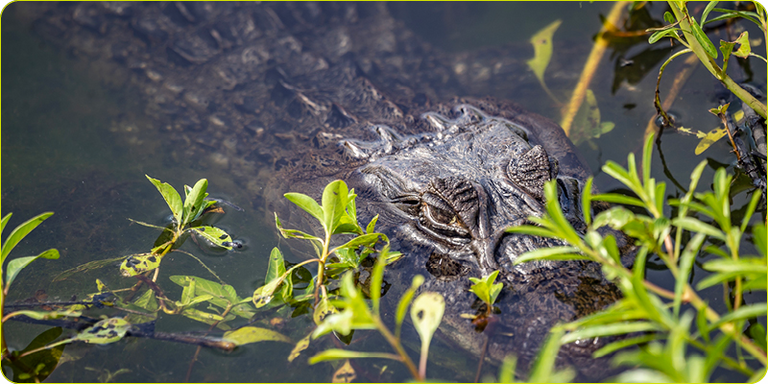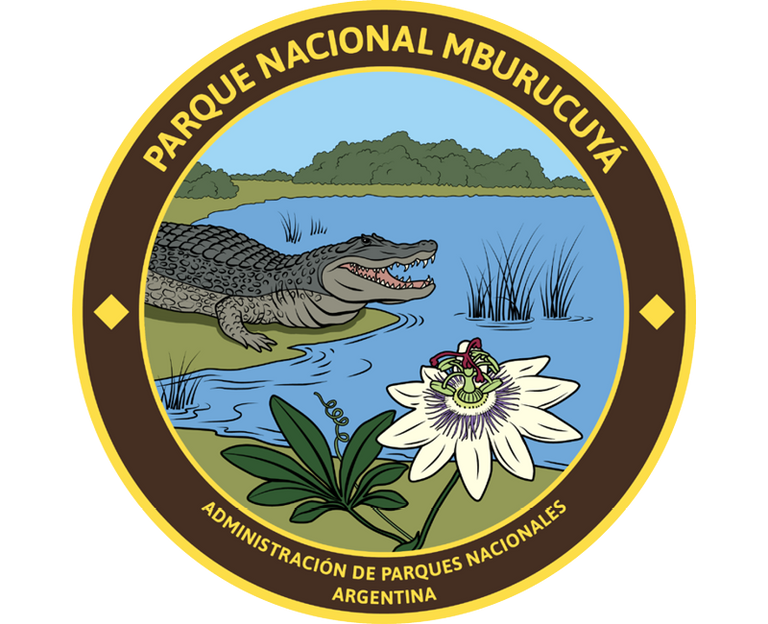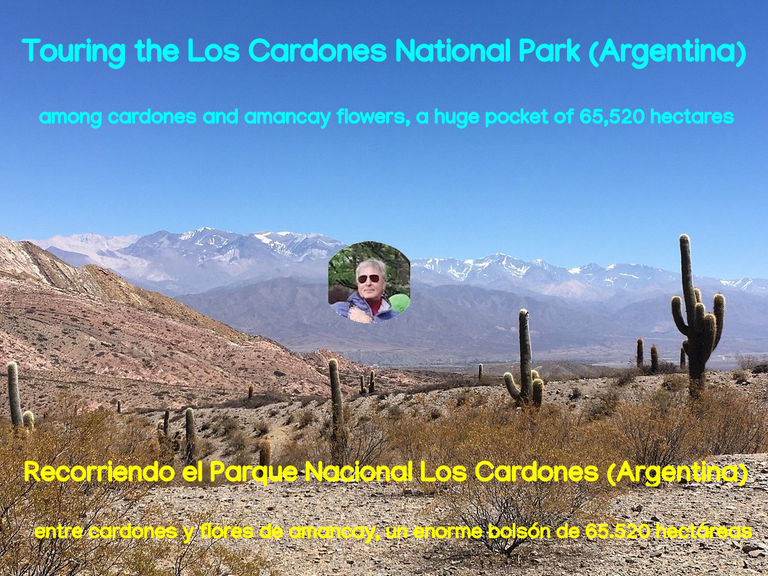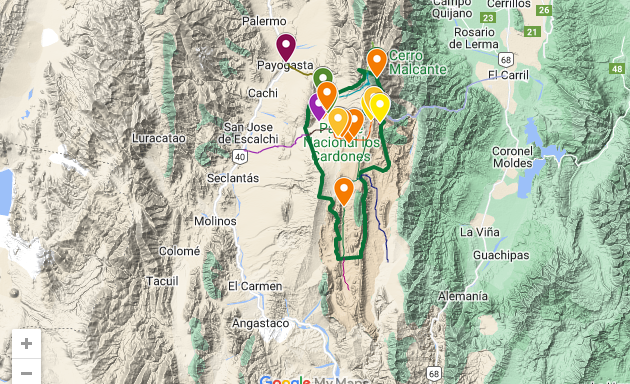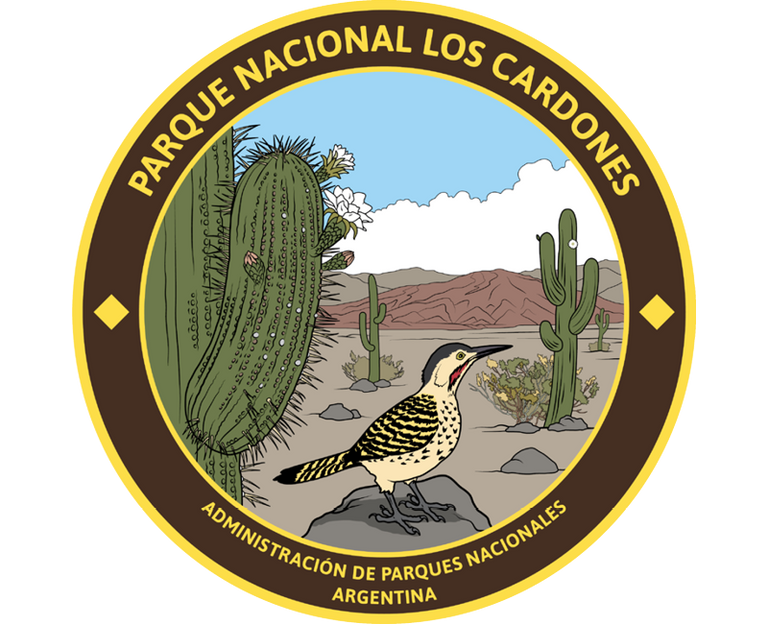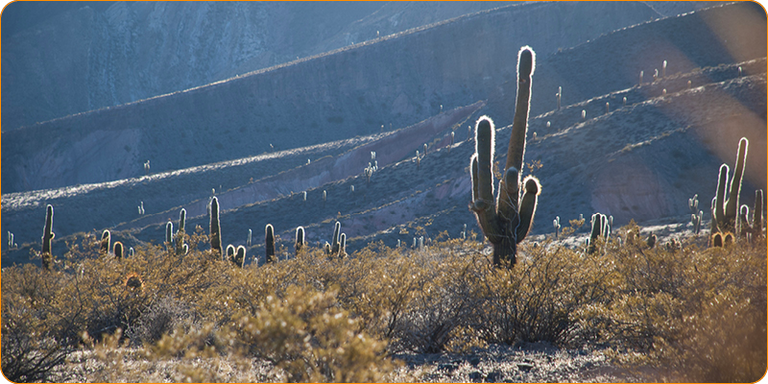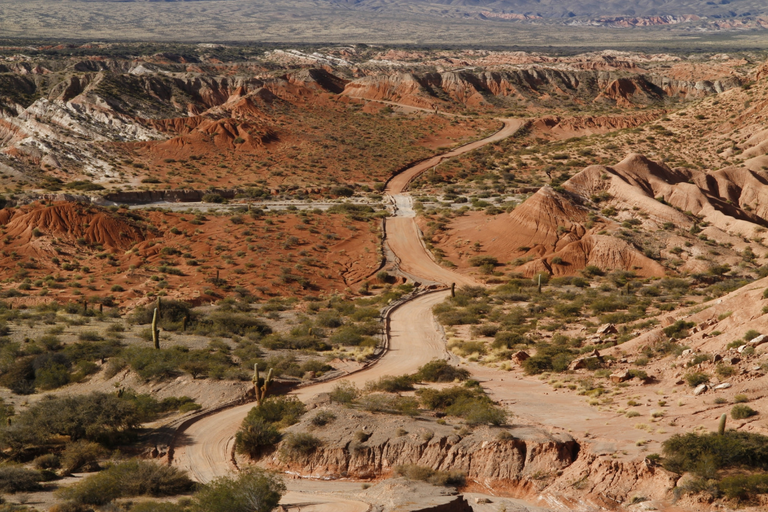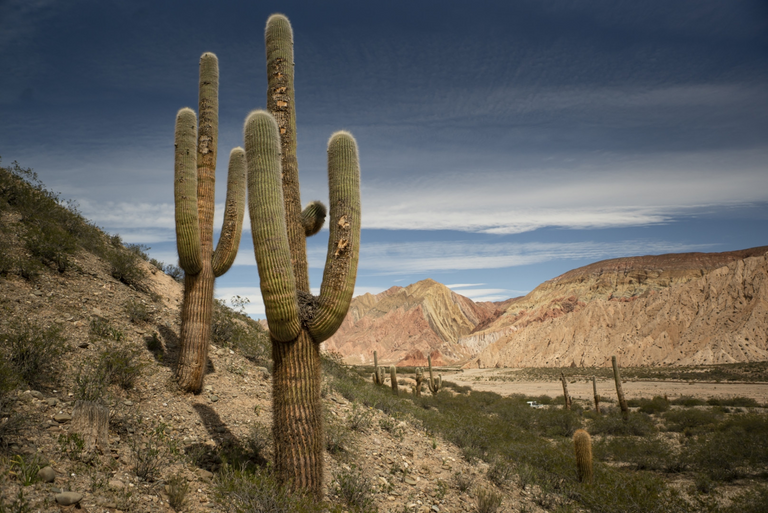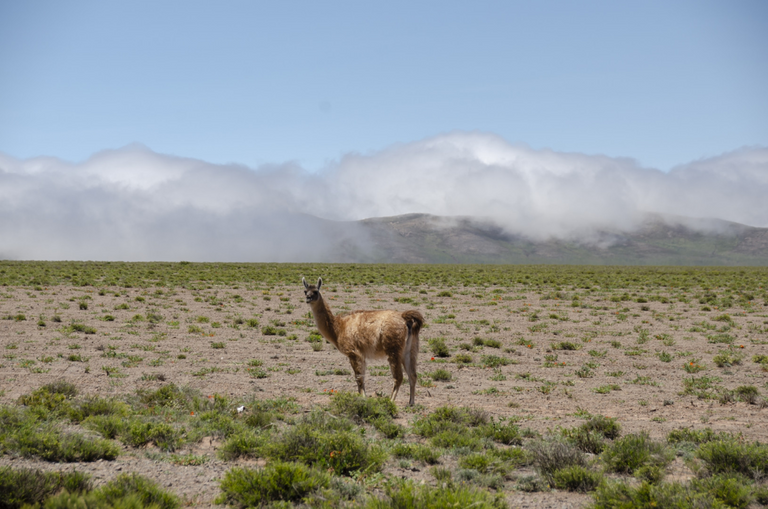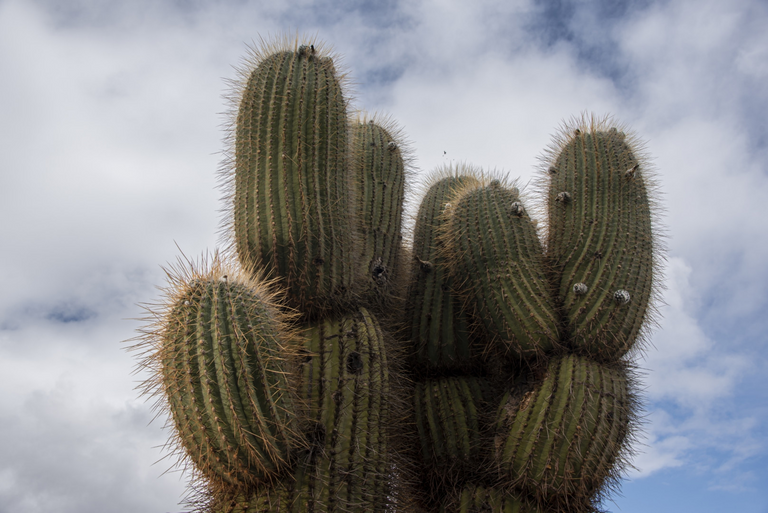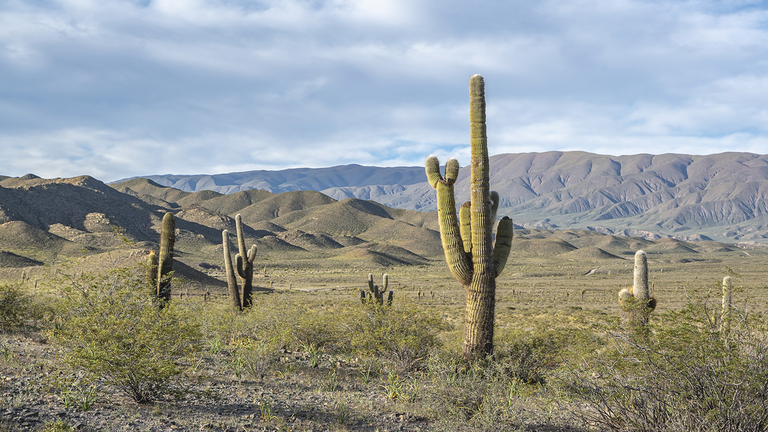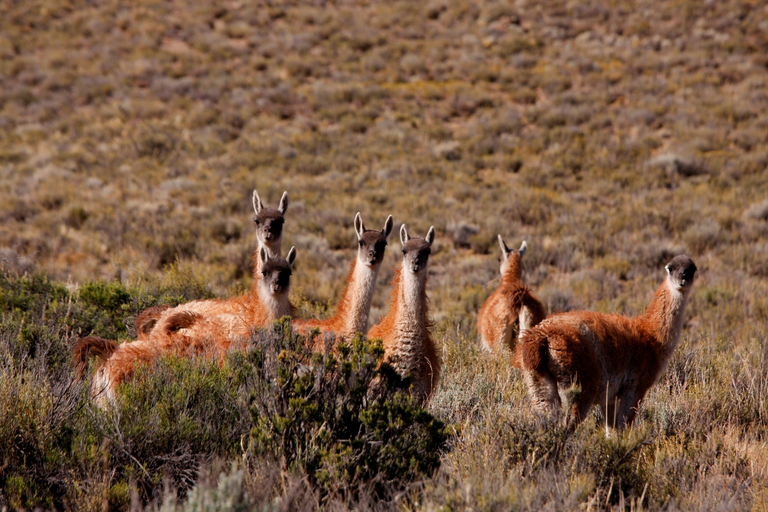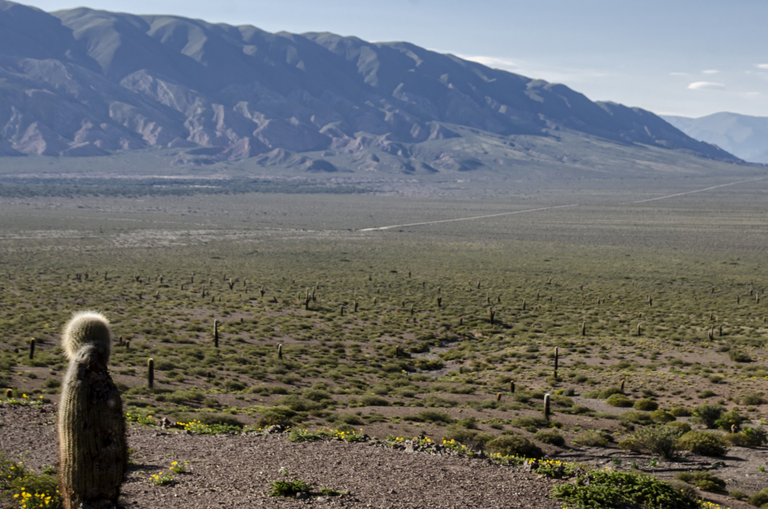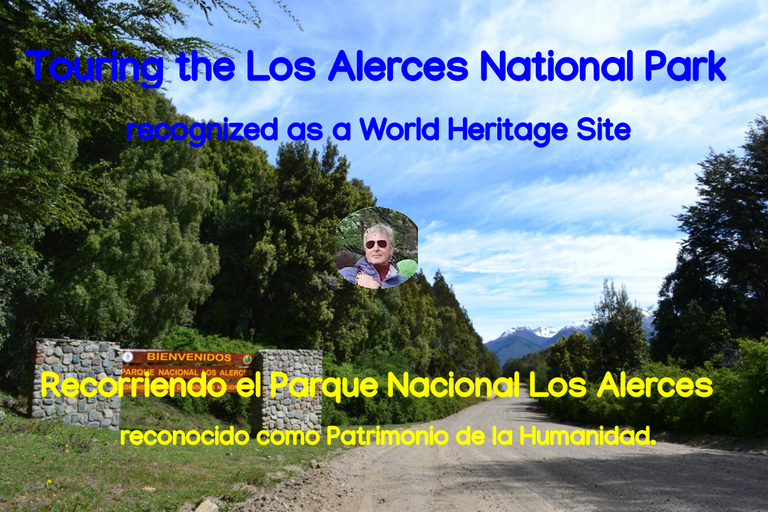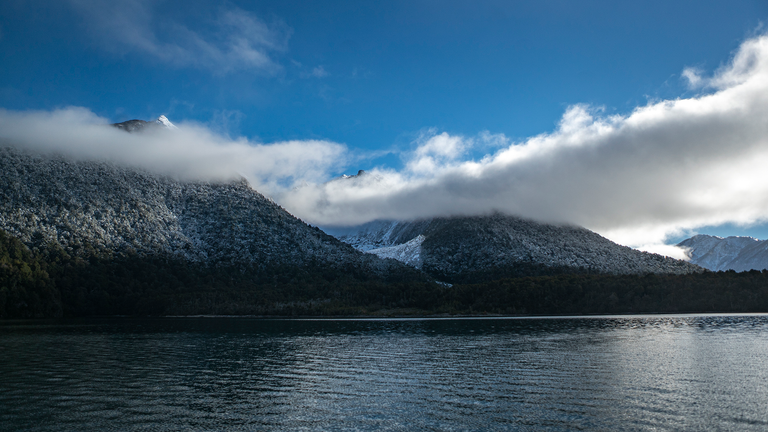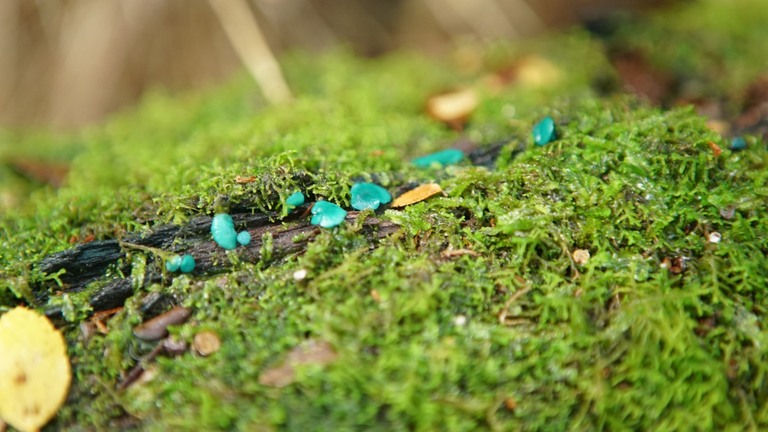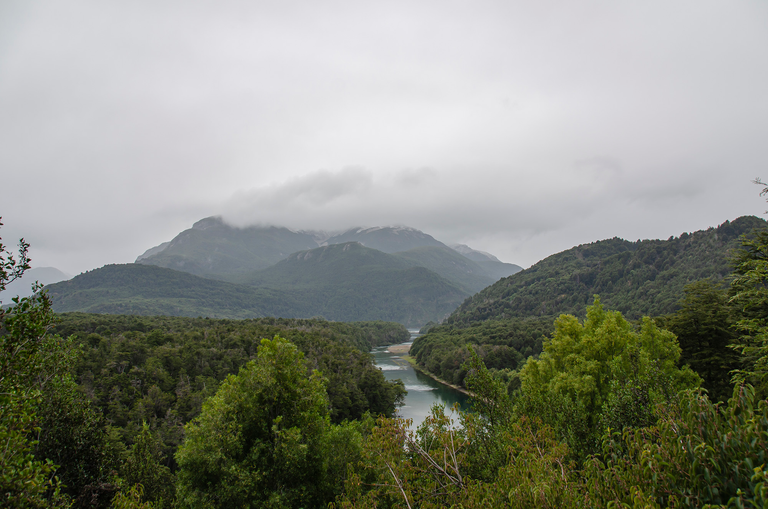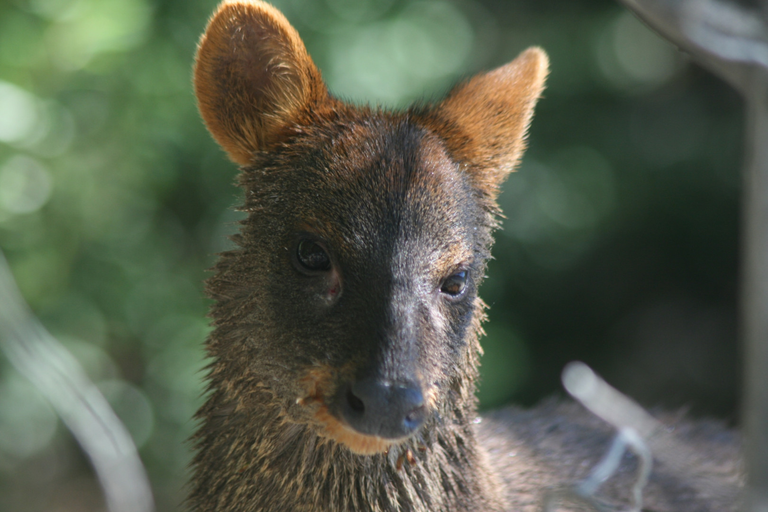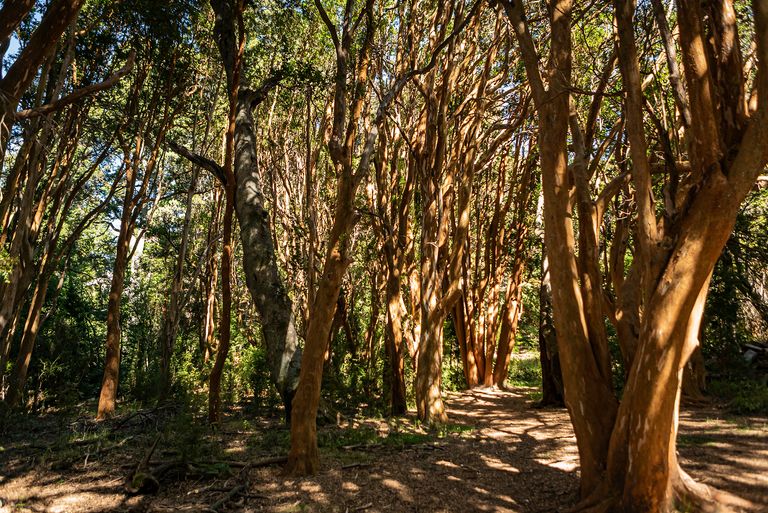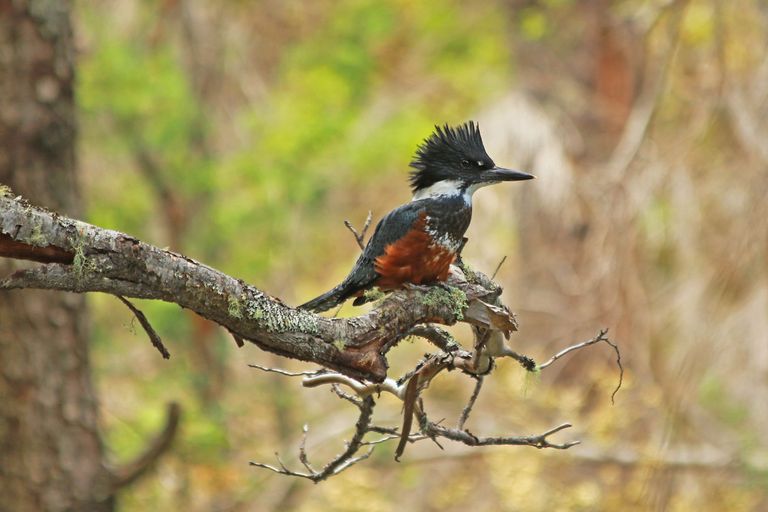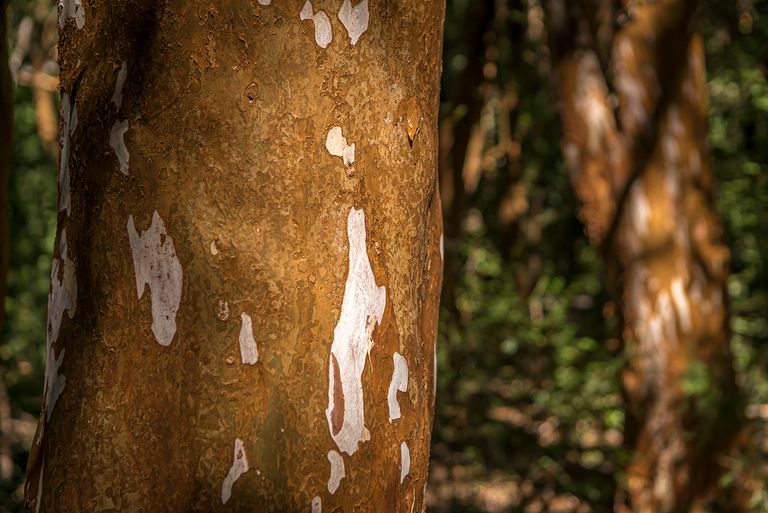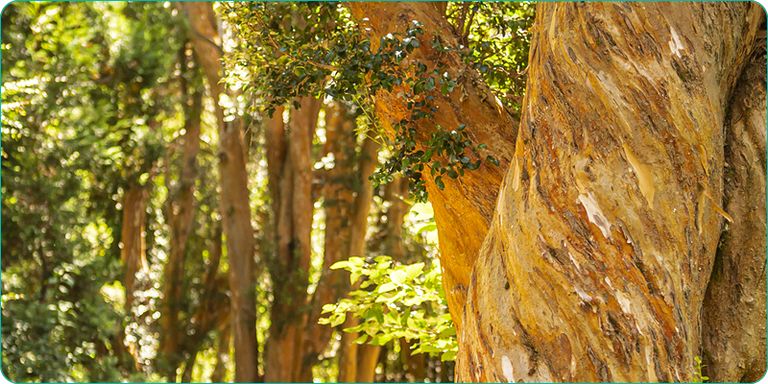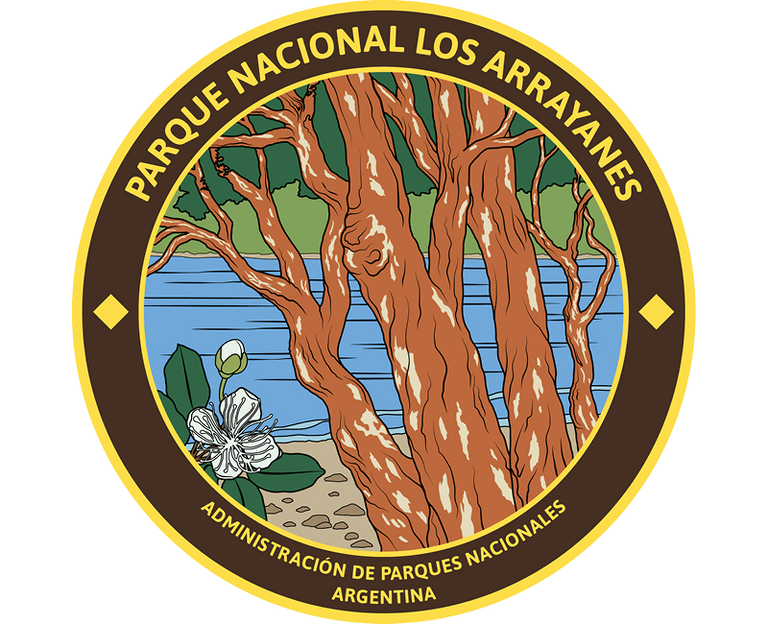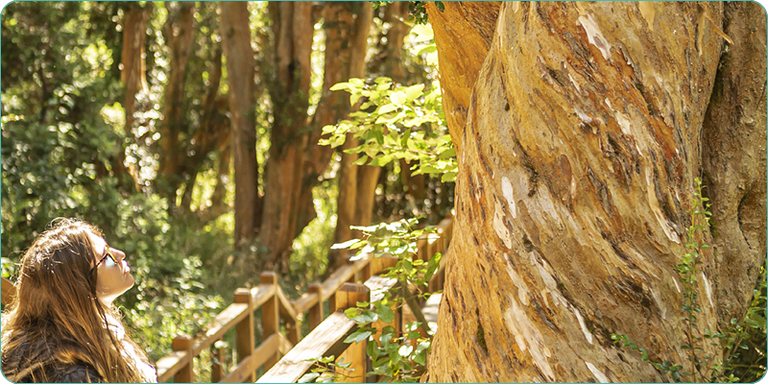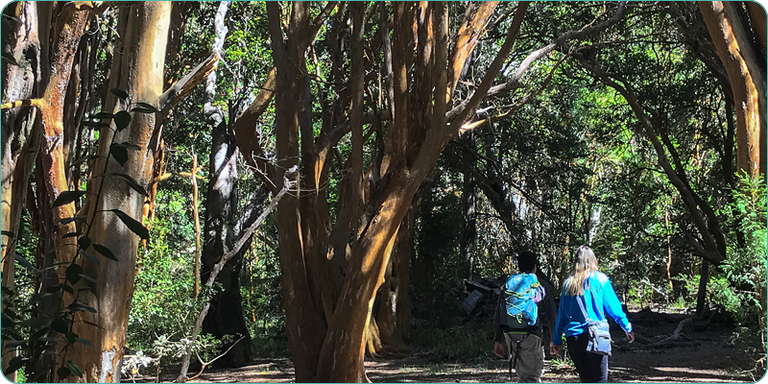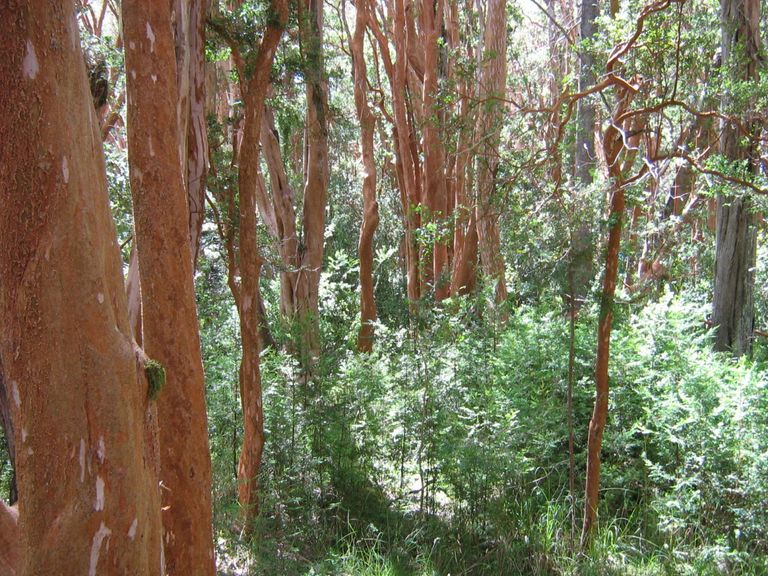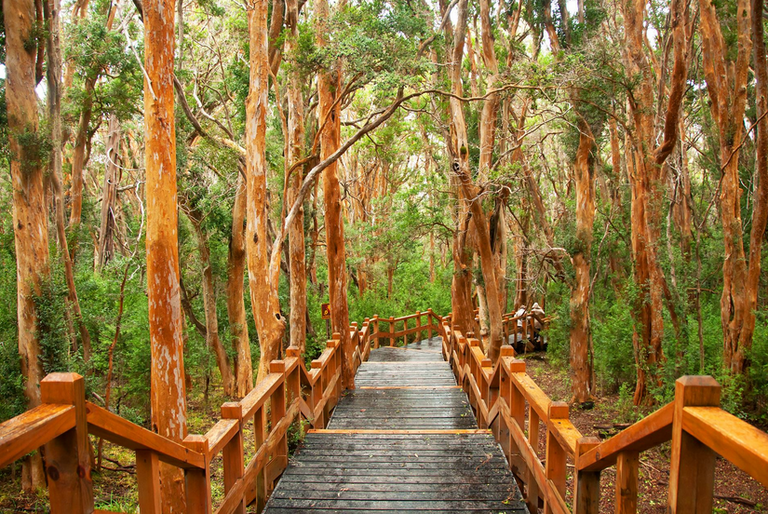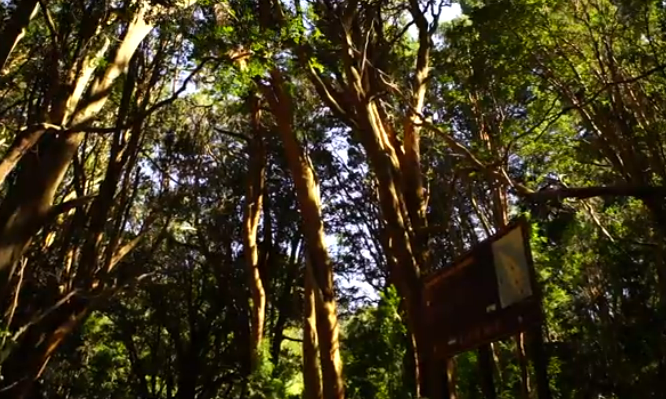
As a lover of green spaces, forests, mountains and jungles in general, there was a place that I wanted to visit for a long time since I returned to Argentina: the ecosystem called Las Yungas that extends through the provinces from northern Peru to northern Peru. Argentina, passing through Bolivia.
In fact, an ecoregion with very similar characteristics also extends through the mountain ranges of Colombia and Venezuela.
The Yungas, more than ecosystems, are true regions, they are regions or ecoregions of the Andean forest and the mountain jungle along the eastern flank of the central Andes.
At the end of 2018 I visited the Argentine part that includes the provinces of Salta and Jujuy and I found a biodiversity so wide that it is almost impossible to express it in words.
The Yungas biome is fundamental to the ecological balance of much of South America, especially for many plant and animal species.
Today I am going to talk to you and show you images of the Central Yungas that comprise, together with Bolivia and Peru, the Argentine part.
The Tucuman-Oranense Jungle.
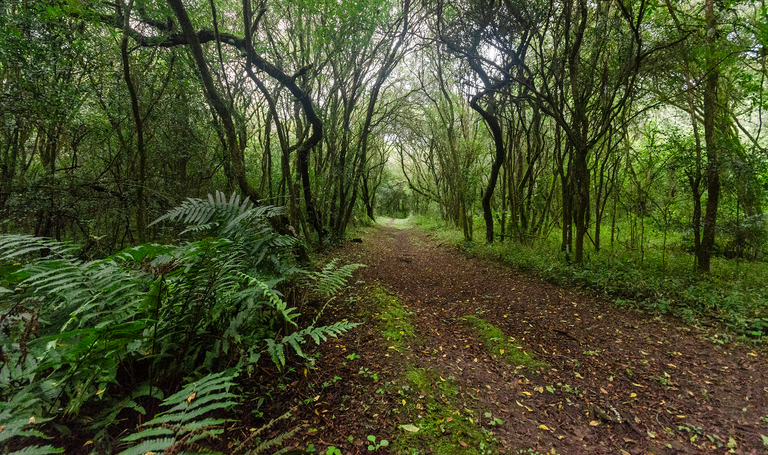
In fact, this is one of the names by which the Yungas are known in Argentina and they extend on the slopes of the Andean mountains that face east in a geographical space that goes from the border with Bolivia to the north of Catamarca.
The plant species that stand out are a mixture of trees and shrubs covered by epiphytes, lianas and vines that make the transit very difficult.
In this panorama, Salta cedar, walnut and laurel stand out, all of them with great value in their wood.
As you climb, the jungle is gradually transforming into a kind of montane forest, with a great variety of species, where the pine of the hill and the alder stand out.
In this environment, live an extremely varied fauna, such as the tapir, the peccary -a quite small wild pig-, the river wolf, the red weasel, the caí monkey, the jaguar -a species considered in danger of extinction and, for Therefore, protected, the mountain fox, the greater ferret, and other animals and some typical birds of the area such as the Bandurria Boreal, the Yellow-winged Boyero, the Andean Condor -its most representative and majestic species- and the Red Face Calancate , among other.
To give you an idea of its vastness, we are talking about a protected area of 1,300,000 hectares of forests, mountains and pastures that, despite occupying less than 2% of the total area, houses more than 50% of the plant and animal species of Argentina .
Water is the most important service in the Yungas.
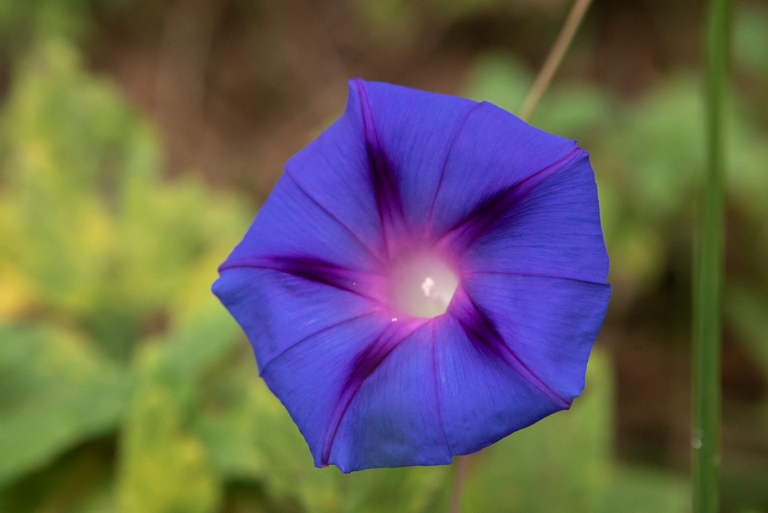

Como amante de los espacios verdes, bosques, montes y selvas en general habia un lugar que deseaba visitar desde hacía mucho tiempo desde que regresé a Argentina: el ecosistema llamado Las Yungas que se extiende por las provincias desde el norte de Perú hasta el norte de Argentina, pasando por Bolivia.
En realidad una ecoregión con características muy similares se extiende también por el cordón montañoso de Colombia y Venezuela.
Las Yungas más que ecosistemas son verdadera regiones son regiones o ecoregiones del bosque andino y de la selva de montaña a lo largo del flanco oriental de los Andes centrales.
Visité hacia fines del año 2018 la parte argentina que comprende las provincias de Salta y Jujuy y me encontré con una biodiversidad tan amplia que es casi imposible expresarla en palabras.
El bioma de las Yungas es fundamental para el equilibrio ecológico de gran parte de Sudamérica, especialmente para muchas especies vegetales y animales.
Hoy les voy a hablar y mostrar imágenes de las Yungas Centrales que comprenden junto a Bolivia y Perú, la parte argentina.
La Selva tucumano-Oranense.

En realidad este es uno de los nombres con los cuáles se conocen las Yungas en Argentina y se extienden en las laderas de las montañas andinas que miran hacia el este en un espacio geográfico que va desde la frontera con Bolivia hasta el norte de Catamarca.
Las especies vegetales que sobresalen son una mezcla de árboles y de arbustos cubiertos por epífitas, lianas y bejucosque que hacen el tránsito muy difícil.
En ese panorama se destacan el cedro salteño, el nogal y el laurel, todos ellos con un gran valor en su madera.
A medida que se sube, la selva se va transformando de a poco en una especie de bosque montano, con una gran variedad de especies, donde sobresalen el pino del cerro y el aliso.
En este ambiente, habitan una fauna extremadamenta variada, como el tapir, el pecarí -un cerdo salvaje bastante pequeño-, el lobito de río, la comadreja colorada, el mono caí, el yaguareté -una especie considerada en peligro de extinción y, por lo tanto, protegida, el zorro de monte, el hurón mayor, y otros animales y algunas aves típicas de la zona como la Bandurria Boreal, el Boyero Ala Amarilla, el Cóndor Andino -su especie más representativa y majestuosa- y la Calancate Cara Roja, entre otras.
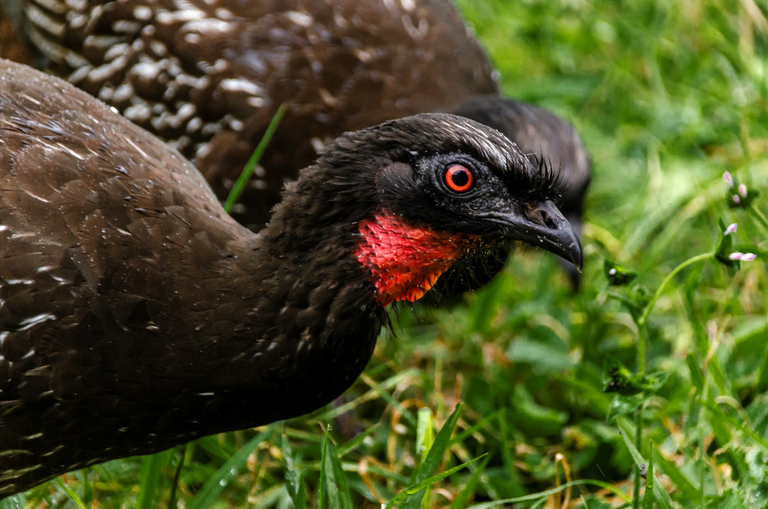
Para que tengan una idea de su vastedad estamos hablando de un área protegida de 1.300.000 hectáreas de bosques, montes y pastizales que no obstante ocupar menos del 2% de la superficie total alberga más del 50% de las especies vegetales y animales de Argentina.
El agua es el servicio más importante de las Yungas.
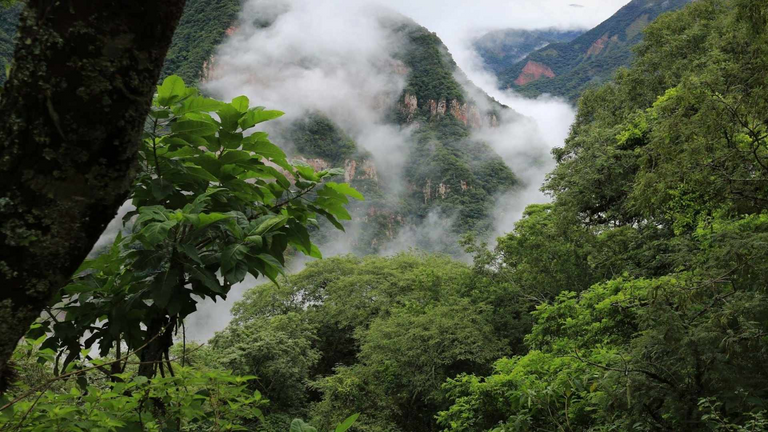
- Fuente de las imagenes / Sources images: Yungas.

As a lover of green spaces, forests, mountains and jungles in general, there was a place that I wanted to visit for a long time since I returned to Argentina: the ecosystem called Las Yungas that extends through the provinces from northern Peru to northern Peru. Argentina, passing through Bolivia.
In fact, an ecoregion with very similar characteristics also extends through the mountain ranges of Colombia and Venezuela.
The Yungas, more than ecosystems, are true regions, they are regions or ecoregions of the Andean forest and the mountain jungle along the eastern flank of the central Andes.
At the end of 2018 I visited the Argentine part that includes the provinces of Salta and Jujuy and I found a biodiversity so wide that it is almost impossible to express it in words.
The Yungas biome is fundamental to the ecological balance of much of South America, especially for many plant and animal species.
Today I am going to talk to you and show you images of the Central Yungas that comprise, together with Bolivia and Peru, the Argentine part.
The Tucuman-Oranense Jungle.

In fact, this is one of the names by which the Yungas are known in Argentina and they extend on the slopes of the Andean mountains that face east in a geographical space that goes from the border with Bolivia to the north of Catamarca.
The plant species that stand out are a mixture of trees and shrubs covered by epiphytes, lianas and vines that make the transit very difficult.
In this panorama, Salta cedar, walnut and laurel stand out, all of them with great value in their wood.
As you climb, the jungle is gradually transforming into a kind of montane forest, with a great variety of species, where the pine of the hill and the alder stand out.
In this environment, live an extremely varied fauna, such as the tapir, the peccary -a quite small wild pig-, the river wolf, the red weasel, the caí monkey, the jaguar -a species considered in danger of extinction and, for Therefore, protected, the mountain fox, the greater ferret, and other animals and some typical birds of the area such as the Bandurria Boreal, the Yellow-winged Boyero, the Andean Condor -its most representative and majestic species- and the Red Face Calancate , among other.
To give you an idea of its vastness, we are talking about a protected area of 1,300,000 hectares of forests, mountains and pastures that, despite occupying less than 2% of the total area, houses more than 50% of the plant and animal species of Argentina .
Water is the most important service in the Yungas.


Como amante de los espacios verdes, bosques, montes y selvas en general habia un lugar que deseaba visitar desde hacía mucho tiempo desde que regresé a Argentina: el ecosistema llamado Las Yungas que se extiende por las provincias desde el norte de Perú hasta el norte de Argentina, pasando por Bolivia.
En realidad una ecoregión con características muy similares se extiende también por el cordón montañoso de Colombia y Venezuela.
Las Yungas más que ecosistemas son verdadera regiones son regiones o ecoregiones del bosque andino y de la selva de montaña a lo largo del flanco oriental de los Andes centrales.
Visité hacia fines del año 2018 la parte argentina que comprende las provincias de Salta y Jujuy y me encontré con una biodiversidad tan amplia que es casi imposible expresarla en palabras.
El bioma de las Yungas es fundamental para el equilibrio ecológico de gran parte de Sudamérica, especialmente para muchas especies vegetales y animales.
Hoy les voy a hablar y mostrar imágenes de las Yungas Centrales que comprenden junto a Bolivia y Perú, la parte argentina.
La Selva tucumano-Oranense.

En realidad este es uno de los nombres con los cuáles se conocen las Yungas en Argentina y se extienden en las laderas de las montañas andinas que miran hacia el este en un espacio geográfico que va desde la frontera con Bolivia hasta el norte de Catamarca.
Las especies vegetales que sobresalen son una mezcla de árboles y de arbustos cubiertos por epífitas, lianas y bejucosque que hacen el tránsito muy difícil.
En ese panorama se destacan el cedro salteño, el nogal y el laurel, todos ellos con un gran valor en su madera.
A medida que se sube, la selva se va transformando de a poco en una especie de bosque montano, con una gran variedad de especies, donde sobresalen el pino del cerro y el aliso.
En este ambiente, habitan una fauna extremadamenta variada, como el tapir, el pecarí -un cerdo salvaje bastante pequeño-, el lobito de río, la comadreja colorada, el mono caí, el yaguareté -una especie considerada en peligro de extinción y, por lo tanto, protegida, el zorro de monte, el hurón mayor, y otros animales y algunas aves típicas de la zona como la Bandurria Boreal, el Boyero Ala Amarilla, el Cóndor Andino -su especie más representativa y majestuosa- y la Calancate Cara Roja, entre otras.

Para que tengan una idea de su vastedad estamos hablando de un área protegida de 1.300.000 hectáreas de bosques, montes y pastizales que no obstante ocupar menos del 2% de la superficie total alberga más del 50% de las especies vegetales y animales de Argentina.
El agua es el servicio más importante de las Yungas.

- Fuente de las imagenes / Sources images: Yungas.


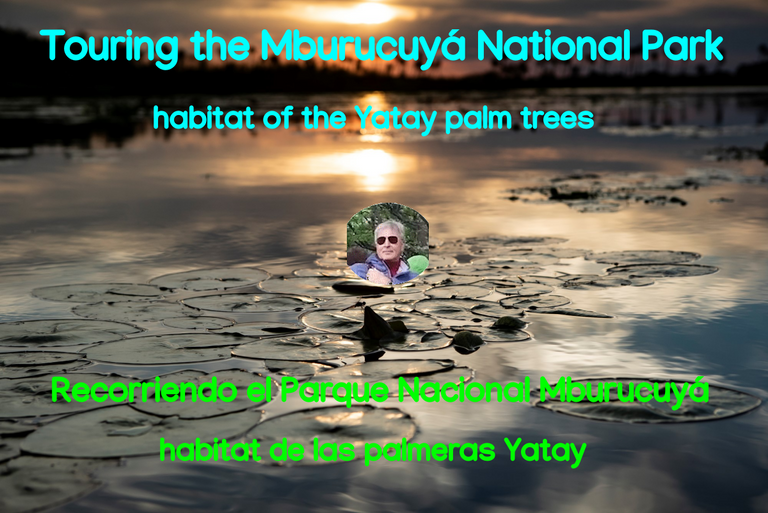
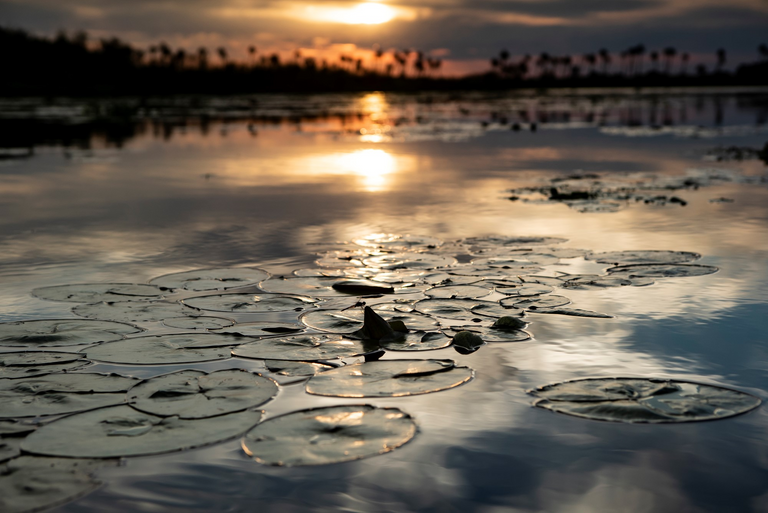
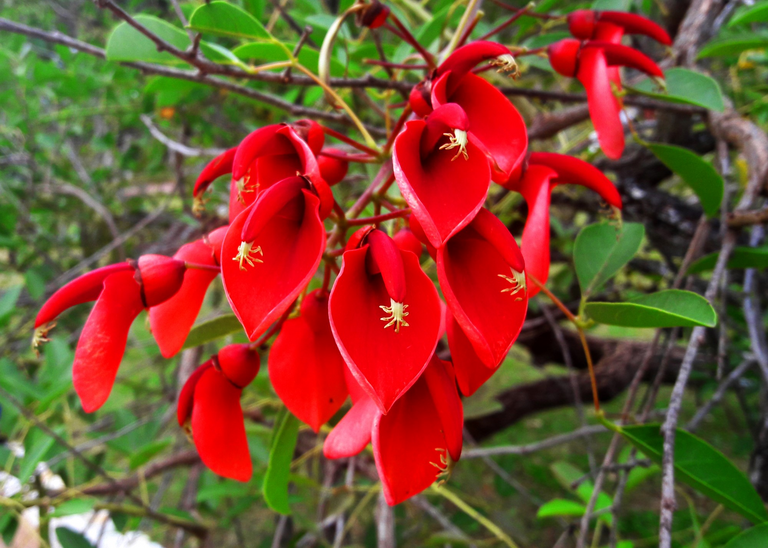


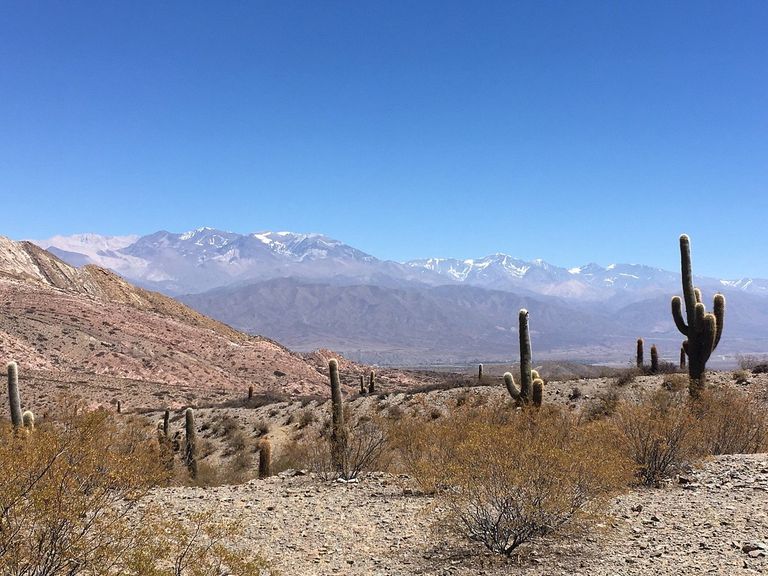 png)
png)
